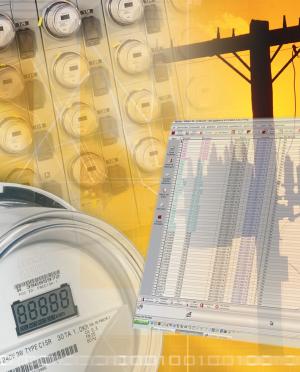Smart metering is coming of age. Is the utility world ready for it?
Michael T. Burr is Fortnightly’s editor-at-large. Contact him at burr@pur.com.
When Chris Hickman left Public Service of New Mexico (PNM) in 2004, he took his practical sense along with him.

Hickman managed PNM’s capital-expense budget and led the company’s T&D automation projects. During his 15-year tenure, Hickman learned firsthand how complex and difficult it can be for a utility to make big changes—technical or otherwise. As such, he understands the industry’s reluctance to jump on the latest technology bandwagon.
“Our industry has done the same thing for 100 years,” says Hickman, now executive vice president for regulatory affairs and business solutions at CellNet Technology in Colorado Springs, Colo. “That’s because it worked very well. The U.S. utility grid was the greatest engineering achievement of the 20th century.”
The 20th century is over, however, and Hickman is not the type of guy who is happy to rest on the laurels of yesterday. He expects more, and that leads him to ask tough questions, such as: “How can it be that most utilities cannot tell if your power is out?”
The answer to this question has driven Hickman—and a growing cadre of others in business and public-policy circles—to devote themselves to advancing smart metering as a vital step toward a bigger and more important goal: the intelligent grid.

